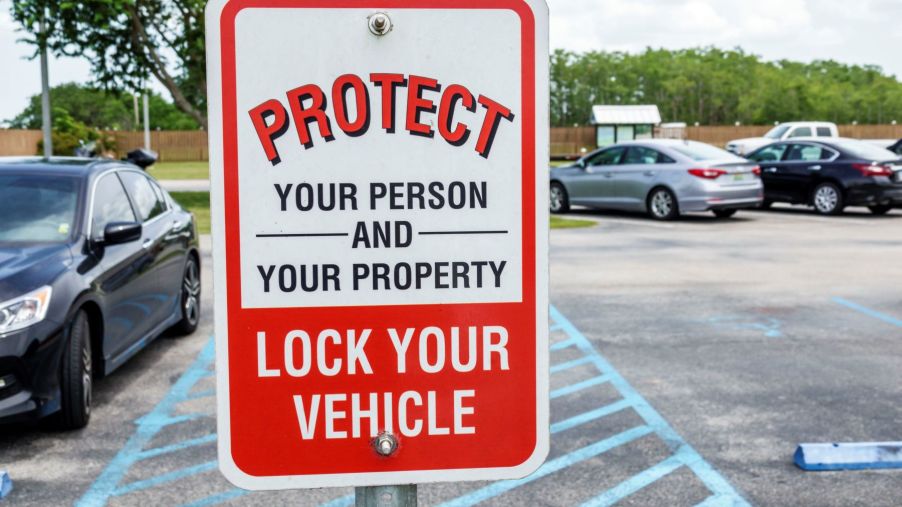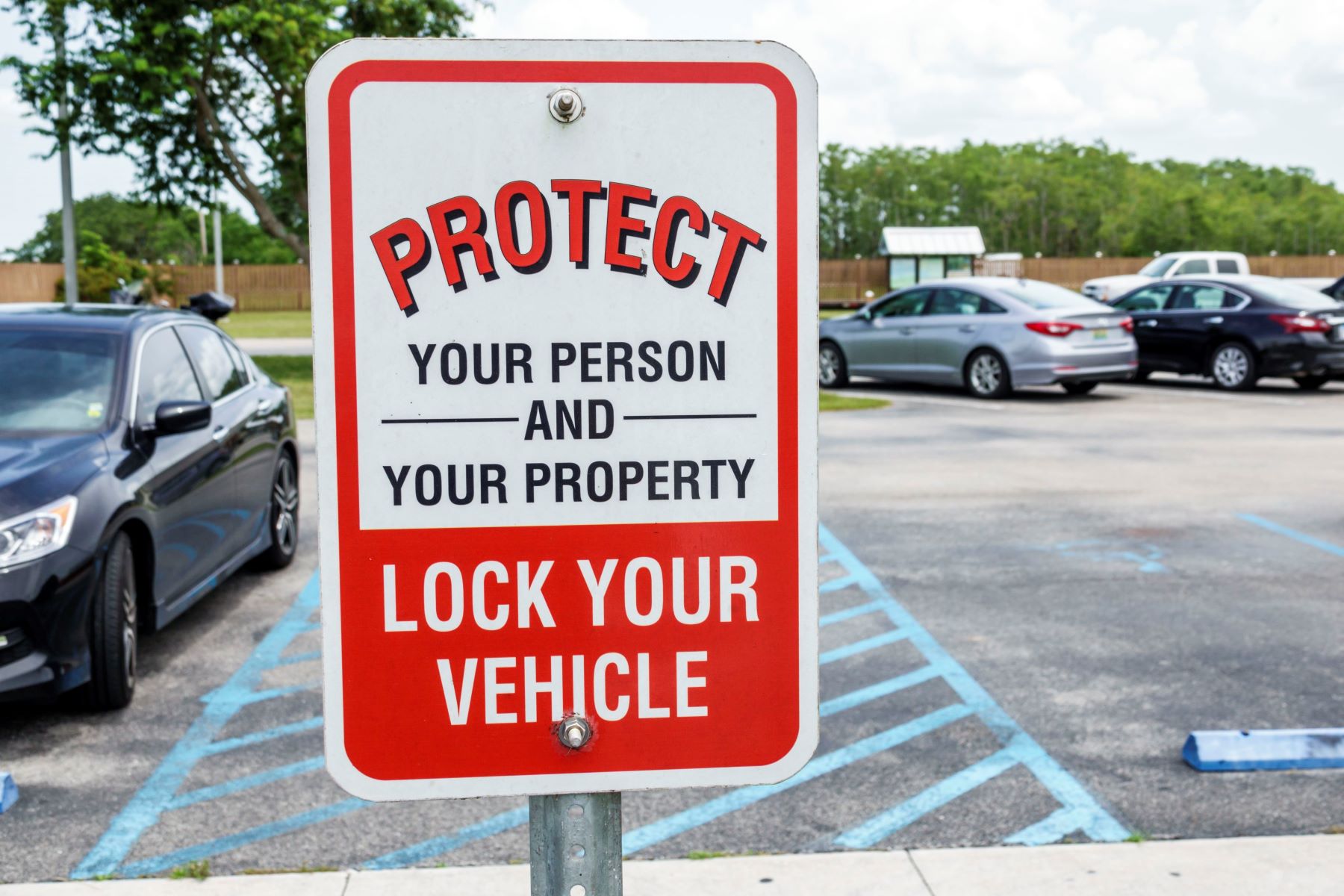
10 Members of an Alleged High-Tech Auto Theft Ring Linked to the Theft of Over 225 Cars in New York Have Been Charged
Car safety is a difficult enough proposition during the winter months in a safe environment. However, the harsh cold and the lack of a safety net make it even more dangerous for people who own attractive and expensive cars. The New York Police Department recently cracked down on a car theft ring that boosted rides from several areas across the state. However, this wasn’t some small-time, rinky-dink operation. This scheme was highly choreographed to take advantage of holes in the production and sales cycle of the automotive industry. Recently, the state tracked down the people responsible for these acts, and the punishment was unsurprisingly harsh.
How and where did these auto theft swipes take place?

After a two-year investigation by the Office of the Attorney General’s Organized Crime Task Force (OCTF) and the NYPD’s Auto Crime Division, 10 members of a car theft ring were indicted for their role in the swiping of 45 vehicles and the resale of over 225 cars in a six-month period between April and October 2020 throughout the Hudson Valley area and New York City. The investigation, dubbed “Operation Master Key,” required hundreds of hours of surveillance and wiretapping due to the complicated nature of the heist.
“This was a complex, high-tech operation that sought to weaponize every hidden vulnerability in the automotive industry, from creating keys based on bootleg code lists to altering computer settings to creating a mill that furnished false registrations for altered VIN numbers,” said NYPD Commissioner Dermot Shea in a press release on the New York Attorney General‘s website, announcing the arrests. “I want to thank the investigators from the NYPD’s Auto Crime Division, as well as the prosecutors from the Office of the Attorney General’s Organized Crime Task Force for recognizing the seriousness and complexity of this case and building a solid prosecution.”
Here’s how the enterprise worked, according to the police (with a complete recap courtesy of The Hudson Valley Post). While the pandemic pushed New Yorkers back into their homes, the crew members found cars and used key code information obtained online to break into the vehicles with little fuss. Once they were inside, the group reprogrammed the car’s computer system to disable alarms and take control of the vehicle to the point that the owners’ actual keys wouldn’t work. The cars were then taken to one of several lots in the Bronx, where the vehicle identification numbers (VINs) were changed to give the stolen cars a new identity and sold to customers in the U.S. and the Dominican Republic.
What were the charges for the people involved?
The 10 people implicated in the indictment are as follows:
- Norberto Peno Brito
- Jose Lebron Pimentel
- Edwin Hidalgo Estevez
- Dariberto Fernandez Perez
- Hector Rivera
- Jesus Cabral
- Will Abreu Martinez
- Abdul Khan
- Carlos Valverde
- Leticia Saldivar
According to officials, Brito, Pimental, Estevez, Perez, and Rivera did most of the legwork when it came to locating, stealing, and reselling the vehicles around the state. Saldivar owned Carmela’s Multiservice and Auto Tag in Philadelphia, Pennsylvania. He used his status to create and file false documents with Pennsylvania’s Department of Transportation to get clean registrations and titles for the rides. Martinez and Khan were two of the higher volume customers for the cars before reselling them again somewhere else.
All 10 defendants were charged with various counts of criminal possession of stolen property and a forged instrument, grand larceny, offering a false instrument for filing, and conspiracy. Valverde and Saldivar face a maximum of seven years in prison. The others can go to jail for up to 15 years.
How common are these types of car theft set-ups?
The Insurance Information Institute recapped the FBI’s findings regarding vehicle theft in 2020.
The 810,400 vehicles stolen that year is the highest annual number since 2008 and 11% higher than 2019. The problems exacerbated by the pandemic – the financial instability for the working class, loss of juvenile outreach programs, and the general lack of any social safety net – have compelled some of the less fortunate to turn to crime to keep themselves above water. Vehicle thefts had been on a downward trend for 26 years before the emergence of coronavirus (COVID-19).
Until the global economy improves so that such car thefts no longer appeal to the oppressed, the possibility of someone stealing your car will always be there. This story shows how the technology used in these thefts is only getting more sophisticated. The most a person can do to protect themselves is to lock your doors, close the windows, park in well-lit areas when possible, and don’t leave your vehicle alone while it is running.


